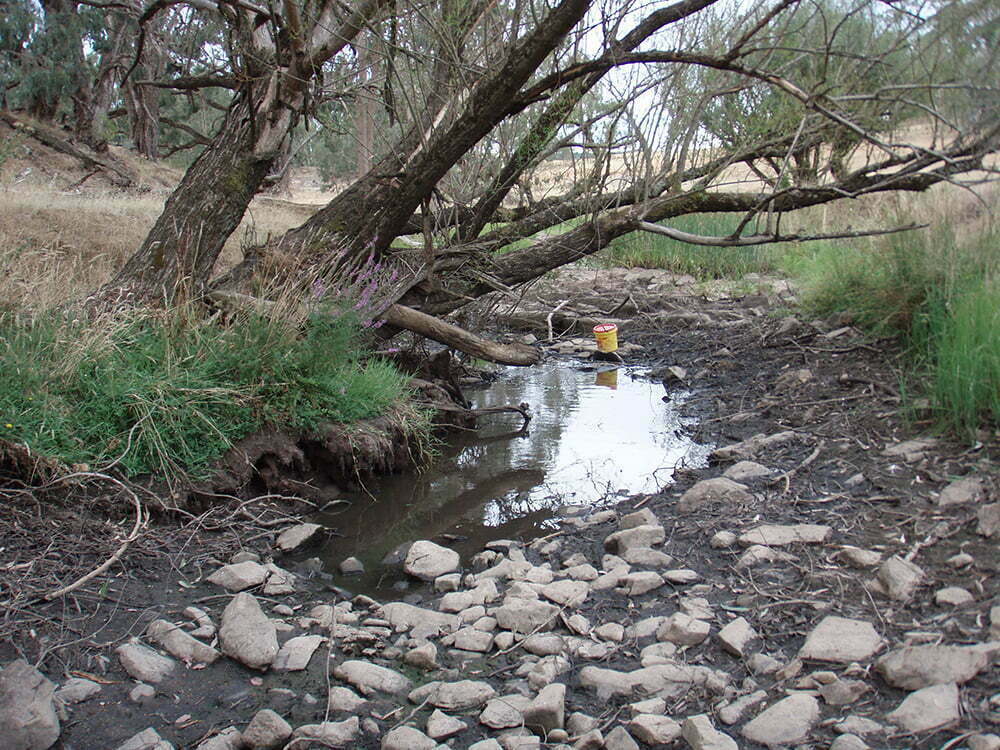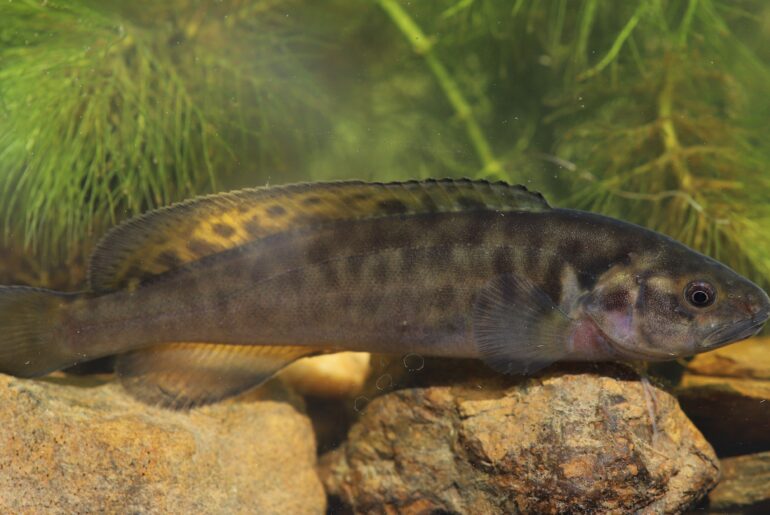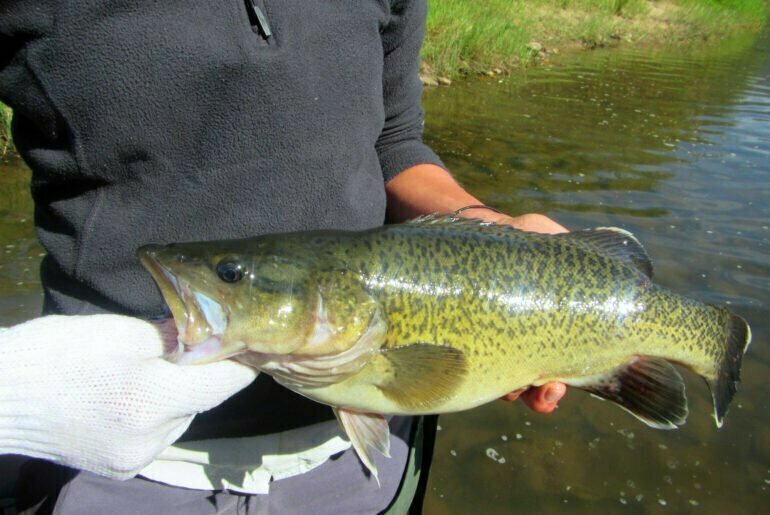From 1996 to 2009, the Murray-Darling Basin (MDB) experienced severe drought conditions. As the impacts of the drought worsened, the need for improved and co-ordinated management responses became increasingly important to protect key ecological assets and critical aquatic habitats and ecosystems. Within the MDB it was uncertain whether an adequate network of drought refuges (e.g. flowing perennial river reaches, deep waterholes) existed to preserve native fish species/populations through extended drought.
The broad aims of the project were to:
- Define, identify and explore the current status and management of drought refuges in the MDB
- Develop guidelines and an approach to identify, prioritise and protect drought refuges for native fish that can be implemented across the MDB.
Findings:
A wide range of aquatic habitats were considered important as drought refuges, with unregulated waterways the most commonly identified habitat type, and of the greatest concern to managers. In some instances, key native fish species were used to identify particular drought refuges. The protection and/or management of the refuges for these species either followed a ‘single species’ approach (more common in the drier, southern MDB) or ‘multi-species/community’ approach (more common in the northern MDB).
Refuges were defined and identified at larger spatial scales in the northern MDB, and at smaller, site-specific scales in the southern MDB. The reason for these different approaches reflects the varying intensity of drought impacts across the MDB. These different approaches to the management and protection of drought refuges reflect the different aspects of native fish ecology, in terms of resistance versus resilience.
This study concluded that a holistic approach to drought management was required, with drought refuge protection plans incorporating enough flexibility to identify and invest in emergency short-term responses during peak drought periods, as well as having guidelines in place aimed at broader scales to promote long-term resilience in native fish populations.
Key messages:
This study has identified that priority areas which act as drought refuges, require adequate management to ensure the long term survival of native fish populations. This study also identified the two scales at which drought management operates and the strengths of each scale to address both short and long-term impacts of drought on native fish and their habitats. This information will ultimately lead to better drought management regarding native fish and their habitats, which will minimise the risk of loss of native fish species and populations and preserve native fish habitats.
Read more: Drought refuges for native fish
McNeil D.G., Gehrig, S.L. and Cheshire, K.J. M. (2011). The protection of drought refuges for native fish in the Murray-Darling Basin. A report to the Murray Darling Basin Authority.







